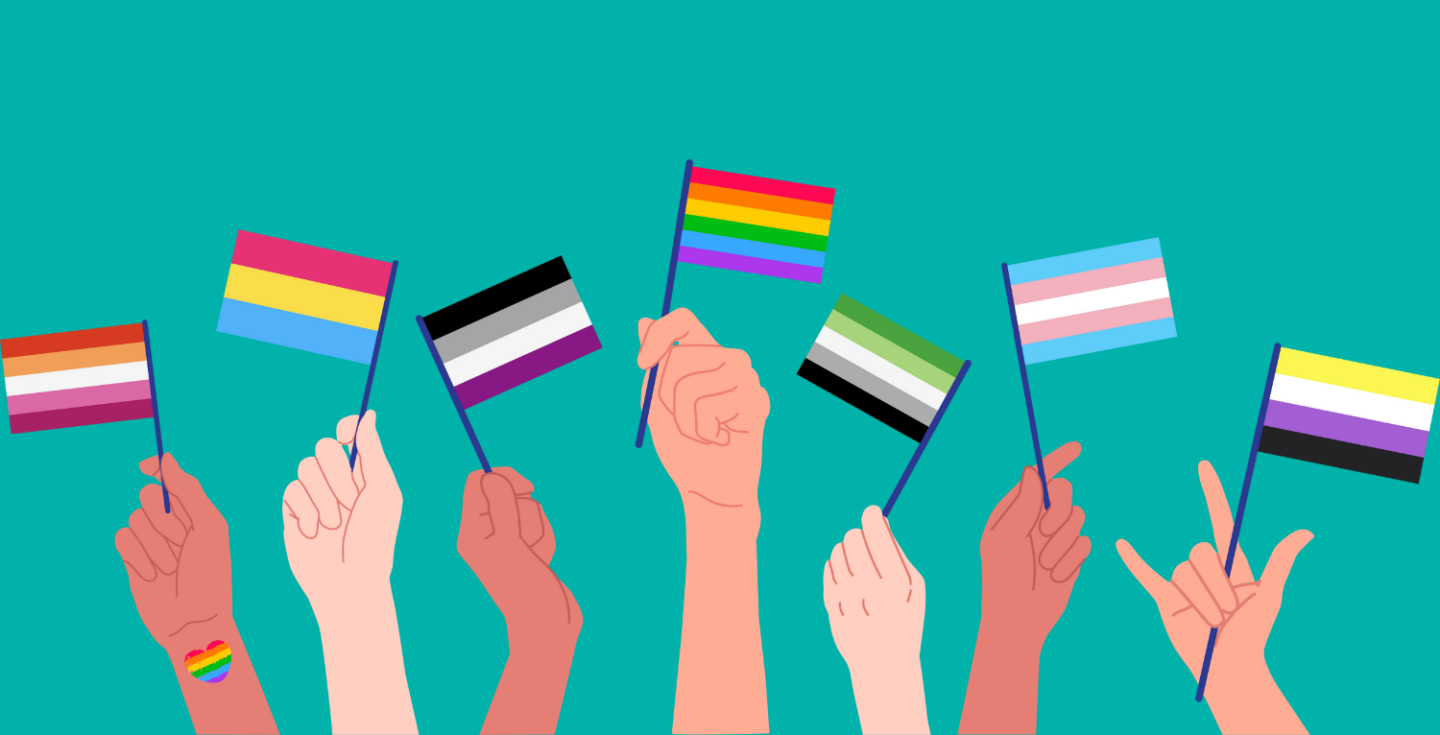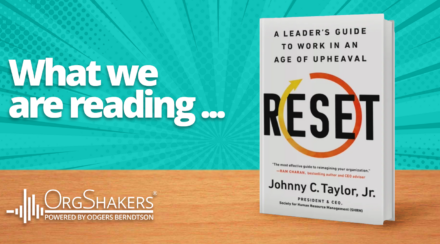Menu

Why Having LGBTQ+ Inclusion Strategies at the Heart of Your Business is Good for Business
Gen Z are flooding into the workplace, and with this assimilation they bring to light conversations around work-life balance, environmentalism, and the importance of diversity, equity, and inclusion (DEI). And it is no wonder we’re seeing the latter take place; a recent study discovered that 36% of students and graduates identify as LGBTQ+.
And yet, a survey by the Williams Institute found that nearly half of LGBTQ+ workers (46%) have experienced unfair treatment at work at some point in their lives – and many reported engaging in ‘covering’ behaviors (that is, trying to conceal their sexual or gender identity to appear heteronormative) to avoid harassment and discrimination at work.
As someone who resides in a relatively ‘prideful’ London, it can be a shock to see that so many LGBTQ+ people are still subject to this discrimination in contemporary society.
With this being the most openly queer generation to date, it is no wonder that those companies who are on top of their inclusion initiatives around LGBTQ+ support are the most favorable workplaces. And with a third of the workforce predicted to be made up of Gen Z workers by 2030, it is so important for companies to ensure they are building a culture at work that is fostering feelings of safety and belonging.
So, what are the key ingredients for reinforcing LGBTQ+ inclusion in the workplace?
- DEI Programs – whether this be training programs, employee resource groups, or creating mentoring opportunities, it is important for employers to have one or more of these programs in place in order to continue driving their DEI agenda.
- Inclusive Policies – ensure that your policies are inclusive to all when designing them, taking into account specific policies you may need when addressing LGBTQ+ related issues (for example, same-sex parental leave policies, leave for reassignment surgery, bereavement leave for the loss of a child through surrogacy, etc.)
- Role Models – having diverse leaders can really help to highlight that opportunities in your company are available to all and attainable by all.
- Recruit for Culture-Add – hiring for ‘culture fit’ can sometimes feel like the comfortable option, but by hiring a diverse set of people who think differently and have differing life experiences, this can open up opportunities to break into new markets and consider new innovations. At the same time, it will also help to diversify your team and grow the culture of your company.
- LGBTQ+ Workshops – having regular LGBTQ+ workshops throughout the year can be so helpful to stay on top of the most up-to-date and inclusive terminology to be using. These will also promote the use of inclusive language in the workplace to help make everyone feel comfortable (for example, encouraging the use of the term ‘partner’ when discussing your significant other no matter your sexuality can be a signifier to queer people that they can comfortably share parts of their personal life at work).
The future of the workforce is set to be bright (and colorful!), and so fostering an inclusive workplace environment is key to creating a sustainable business. If you would like guidance on creating this inclusion roadmap and implementing this at the core of your company, please get in touch with us.



